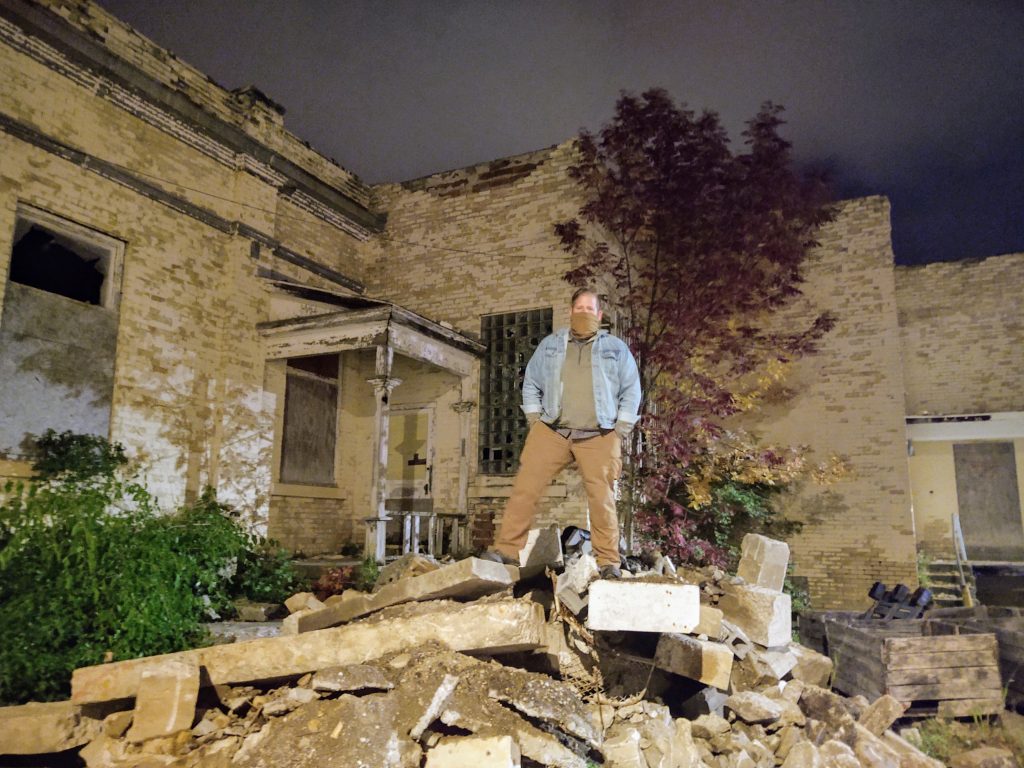
that is in the process of being renovated.
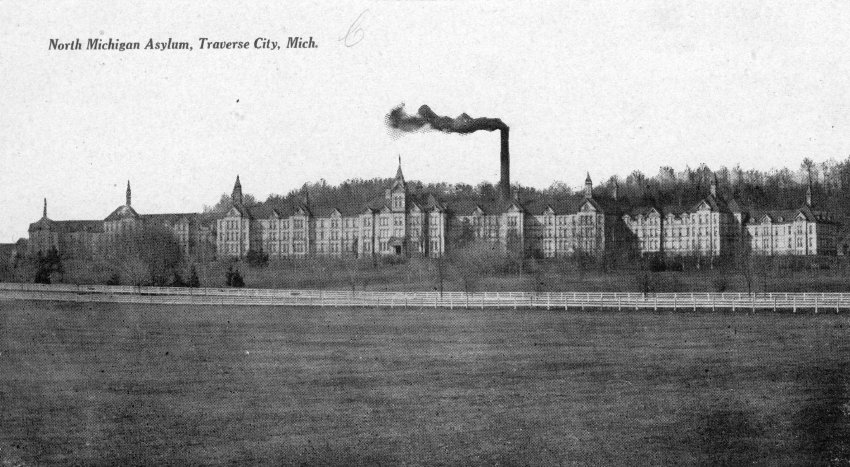
Photo courtesy of the Traverse City Historical Society
Have you ever wondered about the Traverse City Asylum? As a youngster we’d drive by it on our way to Lake Leelanau to visit relatives on my mother’s side of the family.
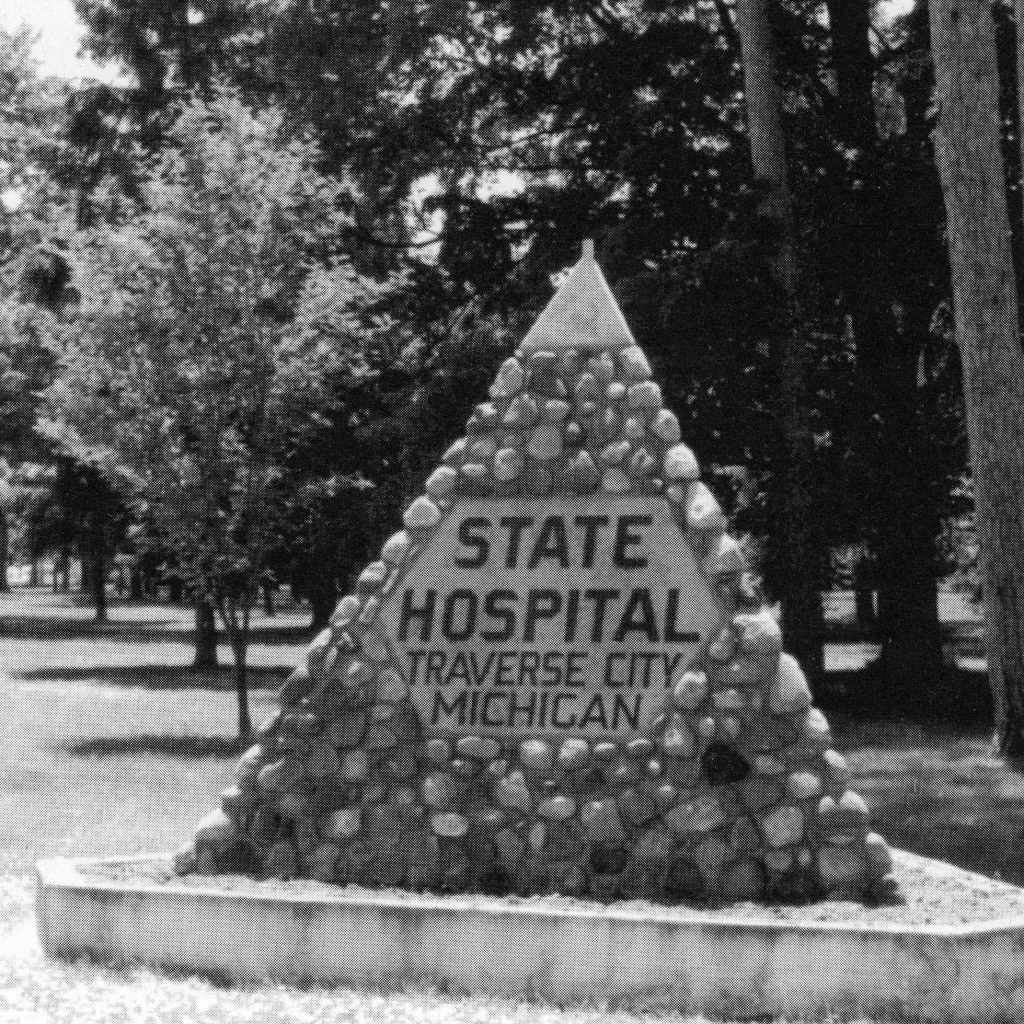
As we passed this marker, my mom would share that she had gone to ‘the insane asylum’ every Monday in the early 1960’s to cut patients’ hair. As I grew, her recollections became more specific. She had been in beauty school and Mr. Maurice E. Mummy, the instructor, had admitted his first wife as a permanent resident. He wanted to give back to the place where his wife was housed.
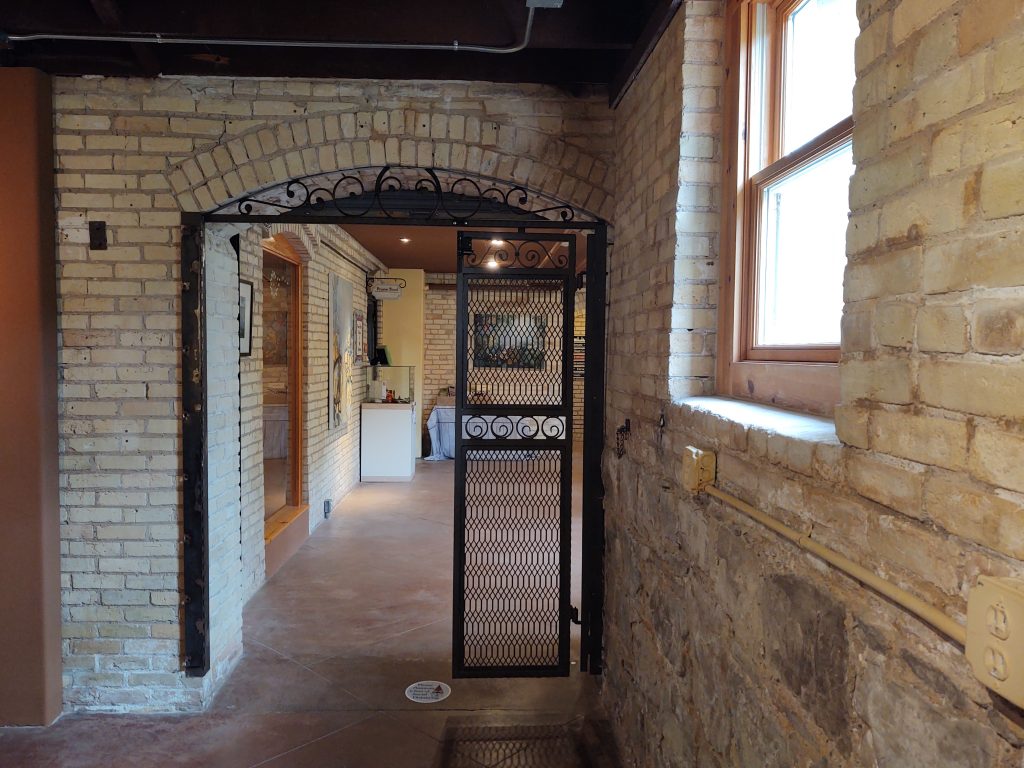
My mother reported that the patients she worked with were all subdued and not a threat to her, but there were often others behind the metal bars calling out and clawing while some were even disrobed.
My mother also told me about her Aunt Rose and Uncle Fred Dechow who graciously ran a half way house for recently released patients. The couple offered support to these former residents as they assimilated back into society.
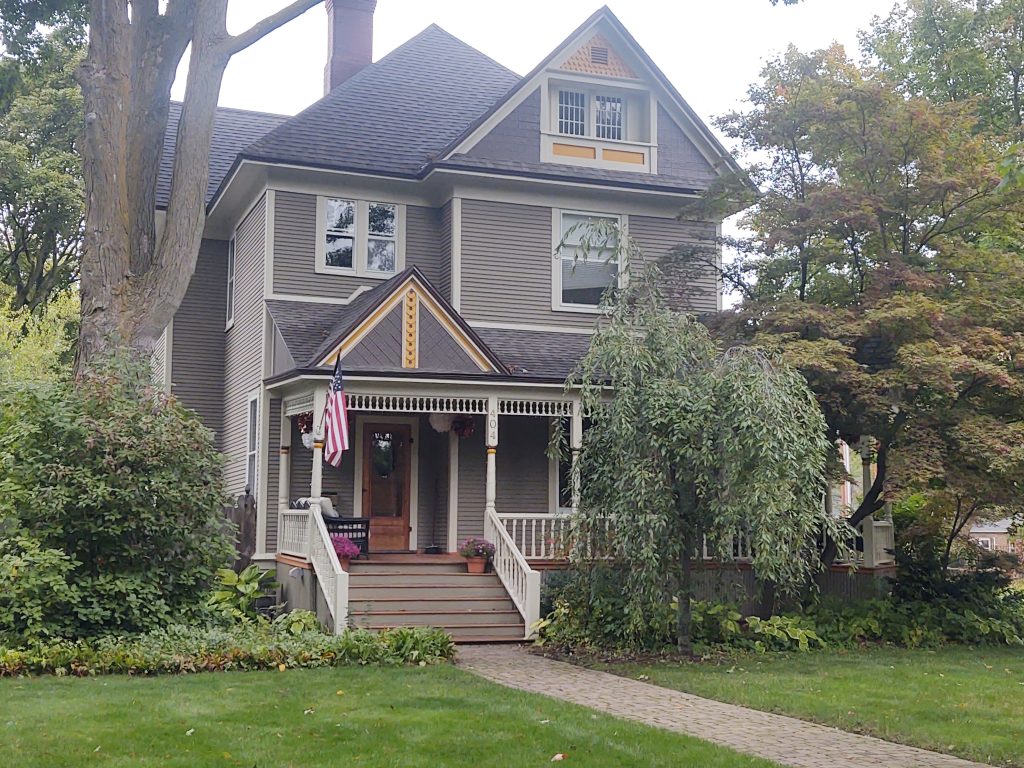
I was curious about the patients’ and workers’ stories. There had been tales of hauntings and eerie occurrences on the grounds of the mental hospital. It was time to look behind the curtain of The Traverse City Asylum.
I started my journey in the Traverse City Library. I was able to locate many photographs from the Traverse City Historical Society. Da Viking and I attended an “After Dark” tour of one of the original, unrenovated cottages. I purchased books and found an online thread of previous patients’ communications. This is part one of the saga as there are many dimensions to the tales of Traverse City State Hospital.
The History of The Traverse State Hospital – Insane Asylum
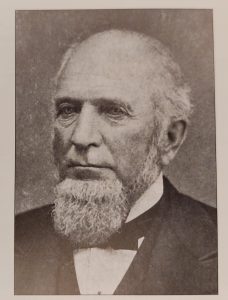
“The Father of Traverse City”
Photo Credit: “Traverse City State Hospital”
In the 1880’s Perry Hanson, “the father of Traverse City,” insisted that his lumber town be the sight for the new State Hospital. He knew that the lumber business wouldn’t last and there needed to another source of employment to continue a healthy economy for the city.
Perry Hanson, a chairman for Grand Traverse County, attended meetings held in Lansing, Michigan. He usually hired a Native American guide and walked. Yes, you read that correctly. He walked. It would take three weeks to walk from Traverse City to Lansing. Many scoffed at him and wondered why he didn’t just take the train, but his tenacity and grit were evident. He convinced the committee and the new State Hospital should be located in Traverse City. It was the perfect location to serve the thirty-nine northern counties in the southern peninsula.
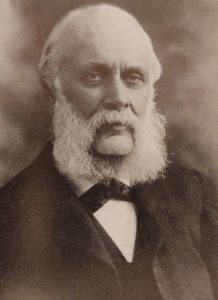
Architect
Photo Credit: “Traverse City State Hospital”
In 1882 Mr. George Lloyd, an architect, was hired to design the North Michigan Asylum using the fashionable Kirkbride model. There were seventy-three Kirkbride style asylums throughout the United States. Michigan only had two other “basic” styled asylums in Pontiac and Kalamazoo.
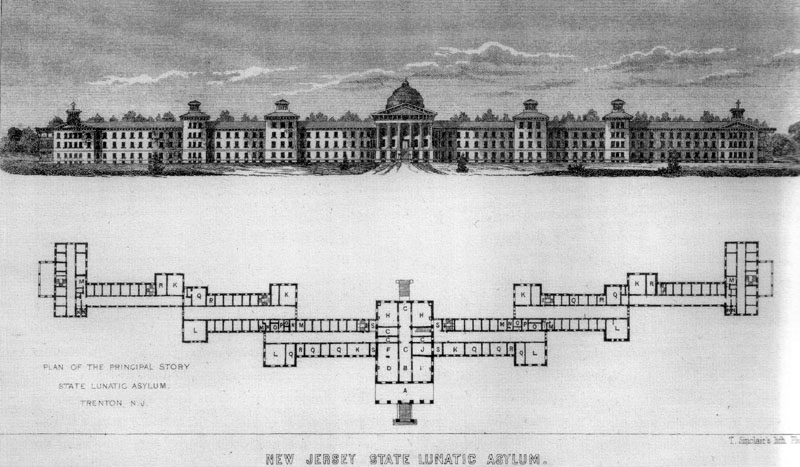
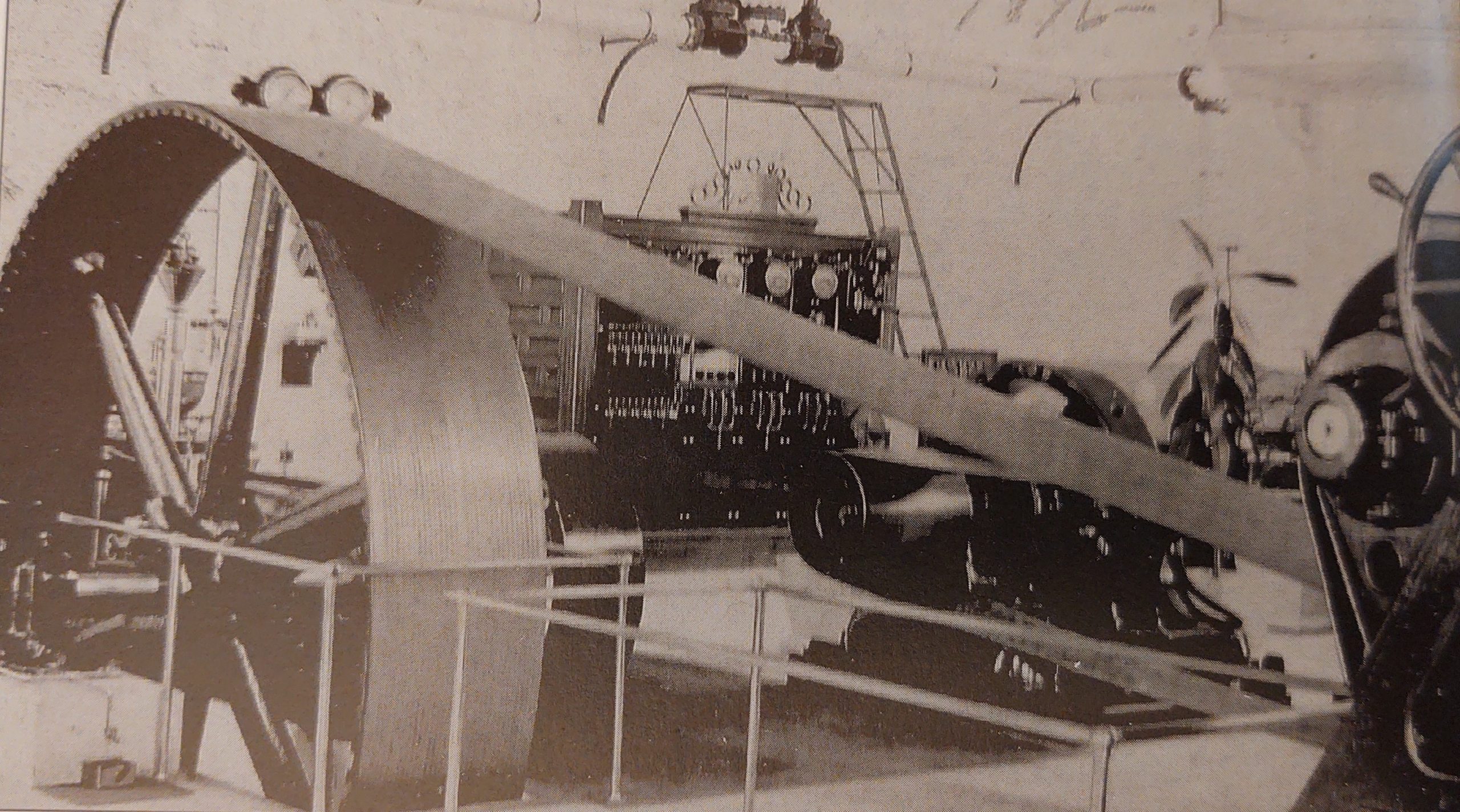
Photo Credit: “Traverse City State Hospital”
The piping ran underground in tunnels. Sidewalks were set above these tunnels so the steam heat would melt the snow. These tunnels were used by staff and patients as easier passage from one building to another.
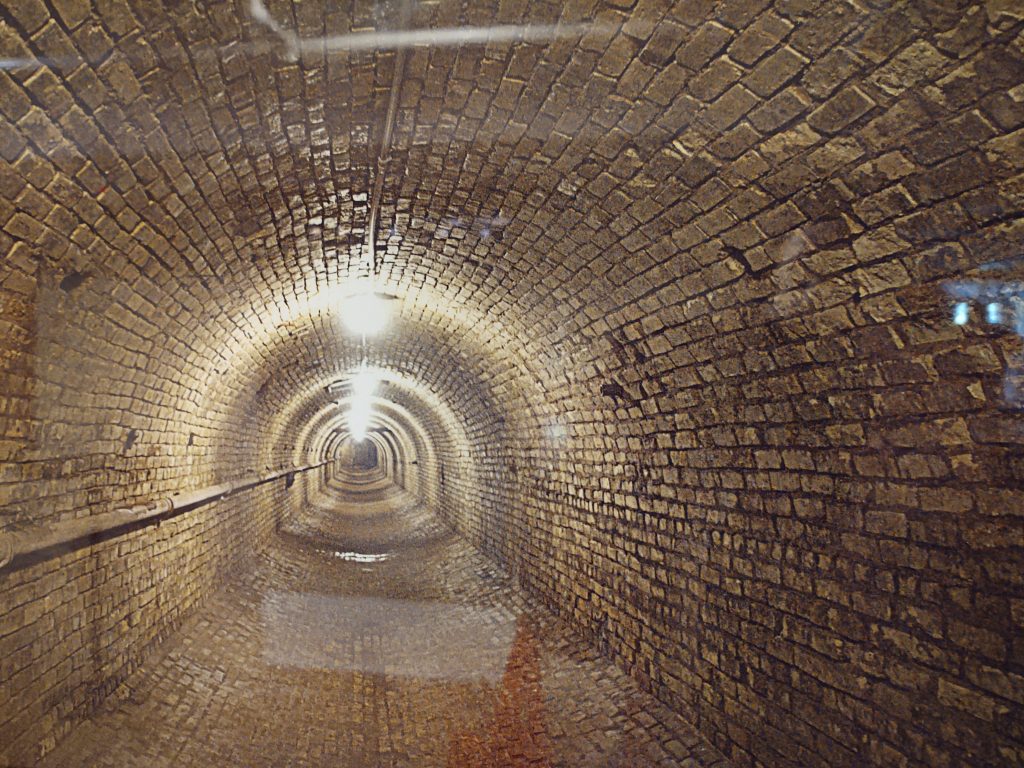
Photograph courtesy of the Traverse City Historical Society
In 1885 the facility opened with 43 residents. It was suited for 515. These slots were filled quickly as patients from Pontiac and Kalamazoo were transferred (by train) to reside in Traverse City.
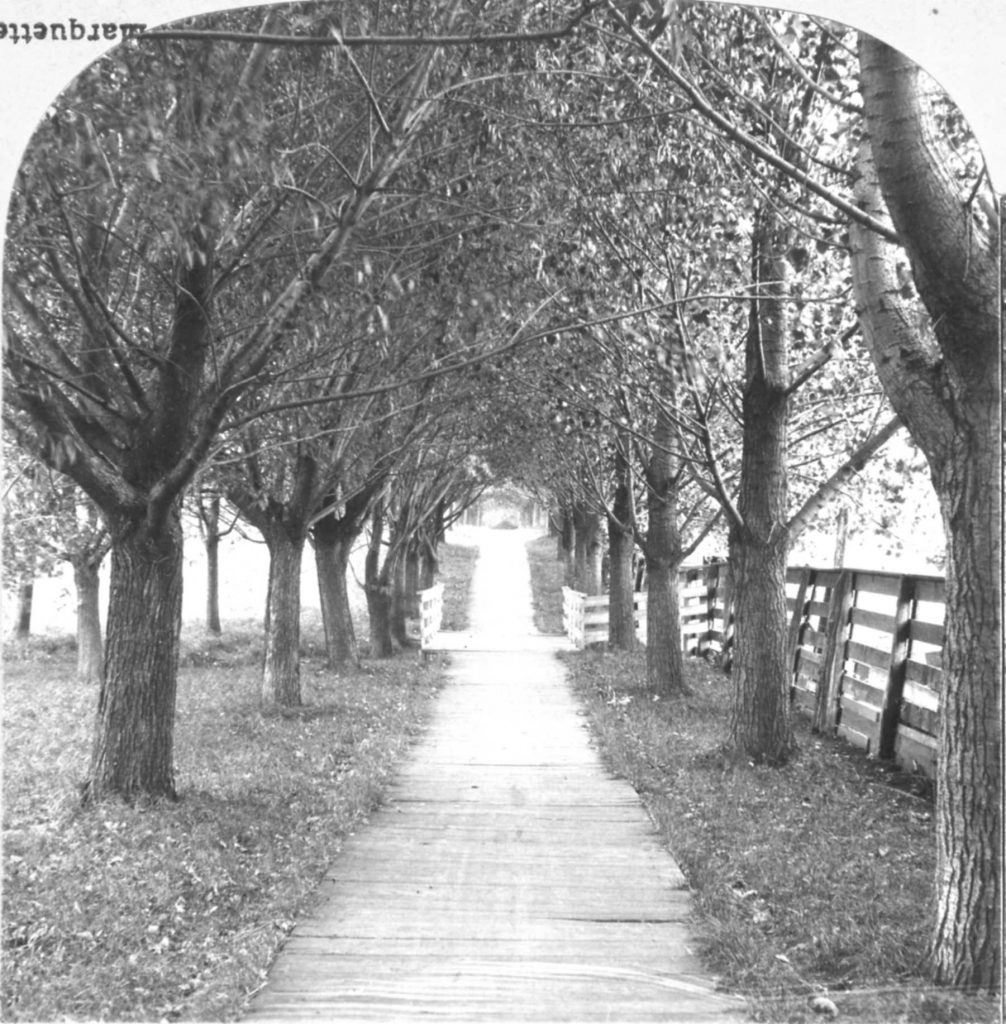
Photo Credit: Traverse City Historical Society
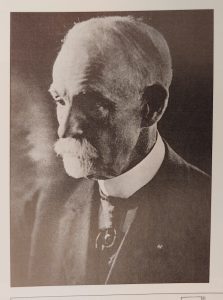
First Superintendent 1885-1924
Photo Credit: “Traverse City State Hospital”
Dr. James Decker Munson was the first superintendent 1885 – 1924. He embraced the Kirkbride model of “Beauty is therapy“. These principles included no restraints were to be used on patients. They were able to roam the spacious, well manicured grounds using numerous hiking trails. Their dining hall was decorated with white table linens, china place settings and vases of freshly cut flowers.
(Honoring Dr. James Decker Munson, Munson Medical Center was constructed in 1926 and is currently serving the community in all areas of health care.)
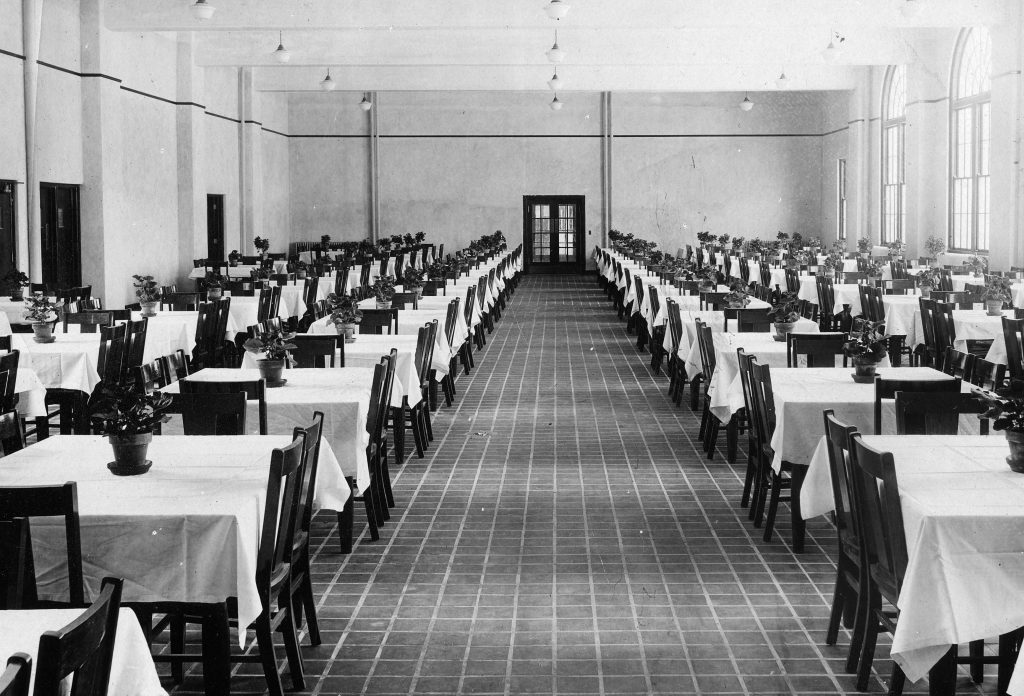
This shows an example of “Beauty is Therapy.”
Photo Credit: Traverse City Historical Society
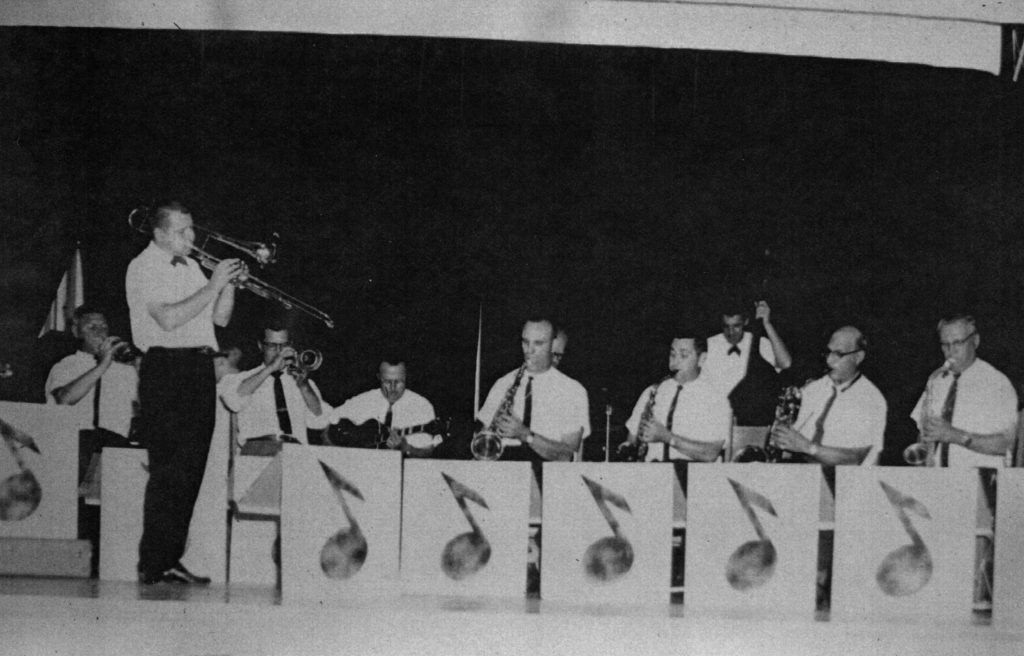
Photo Credit: Traverse City Historical Society
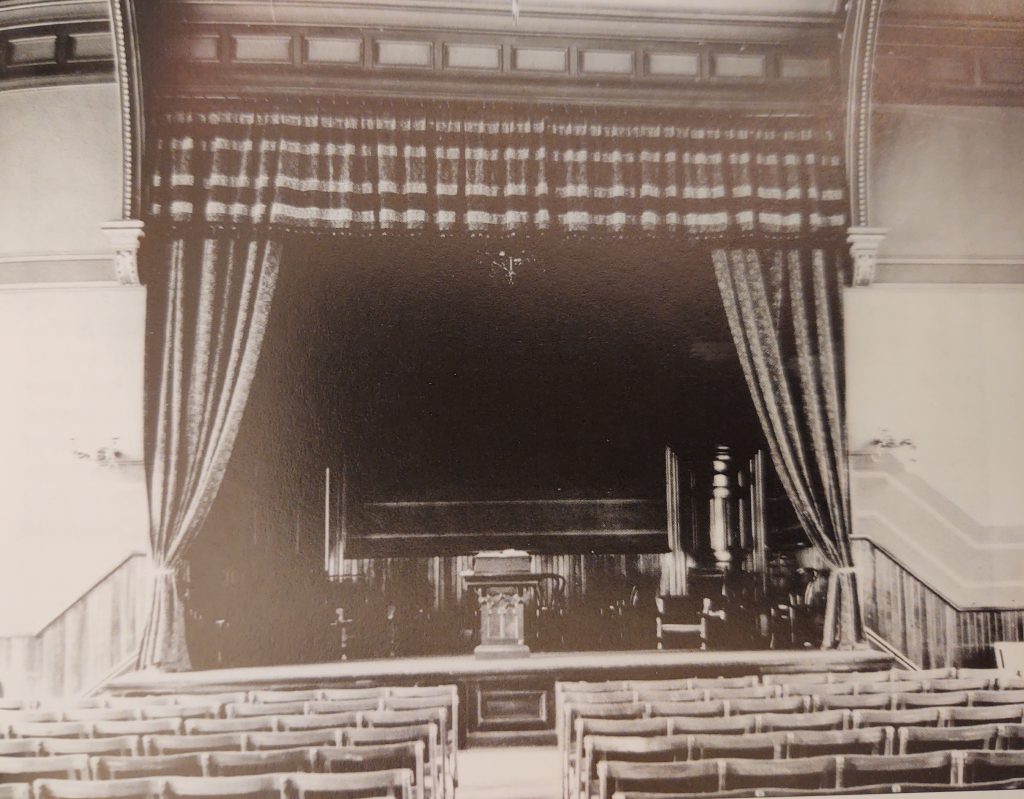
Photo Credit: “Traverse City State Hospital”
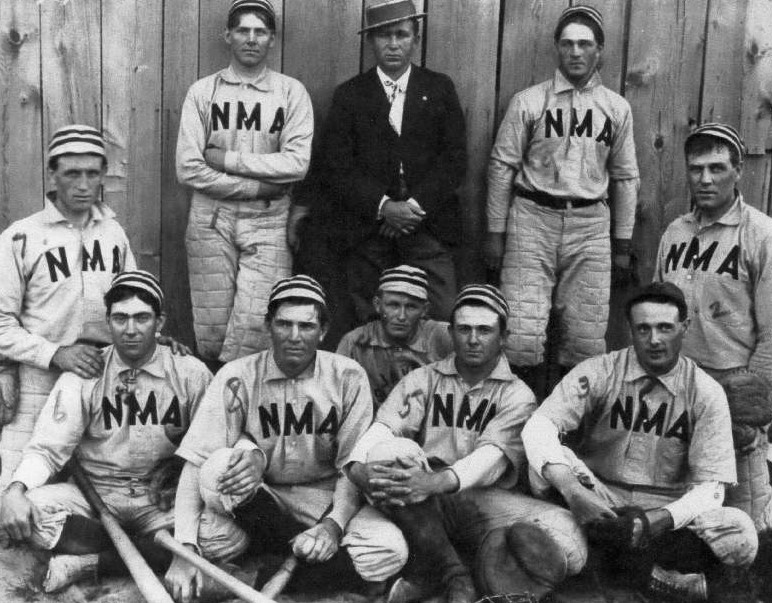
Photo Credit: Traverse City Historical Society
Baseball anyone? Well, in 1900 there was a Northern Michigan Asylum baseball team who would play local high school groups. There was a football team as well.
“Work is therapy” was another premise of the Kirkbride model. The patients were given jobs on the campus: laundry, food preparation, grounds keeping, farming duties and cleaning. This created a self-sustaining community and was cost effective. Patients had purpose and took pride in their work. If a resident wasn’t agreeable, he or she would be sent to the perimeter of the work area. Most often the individual would rejoin the group in short order. If not, the person was escorted back to the cottage or hall where he or she resided.
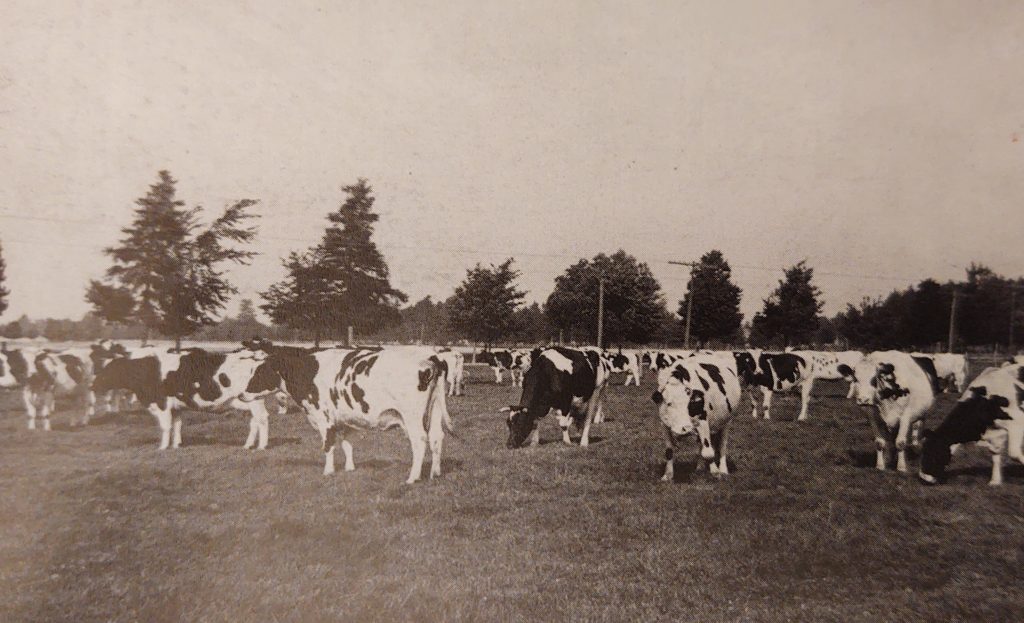
Photo Credit: Traverse City Historical Society
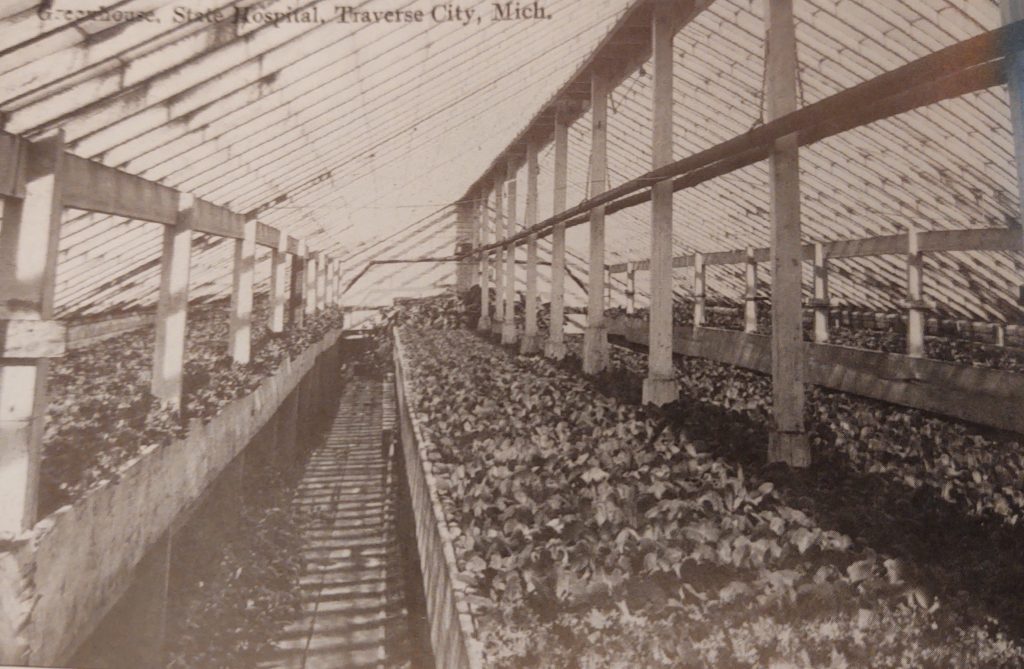
Photo Credit: “Traverse City State Hospital”
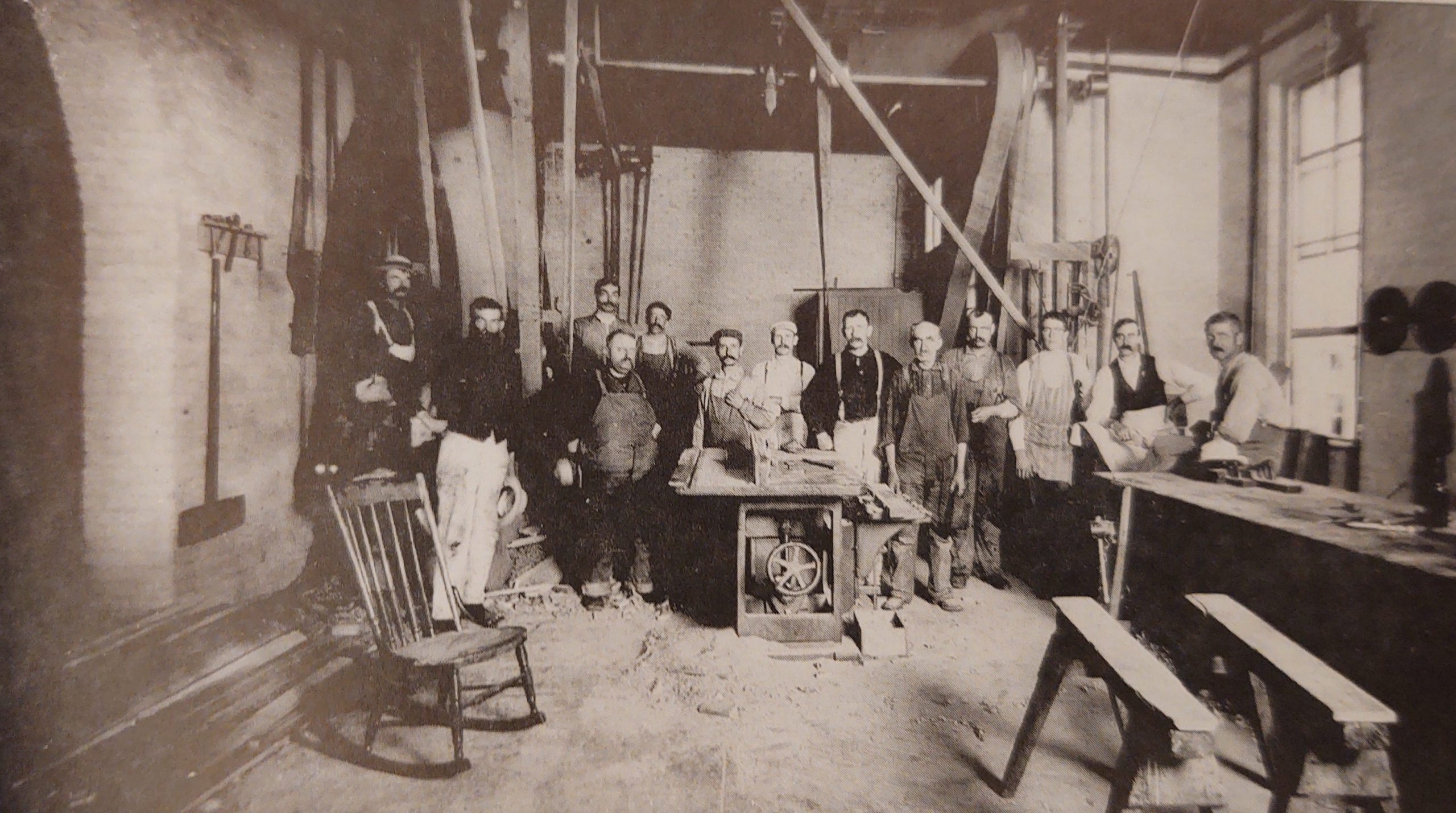
Photo Credit: “Traverse City State Hospital”
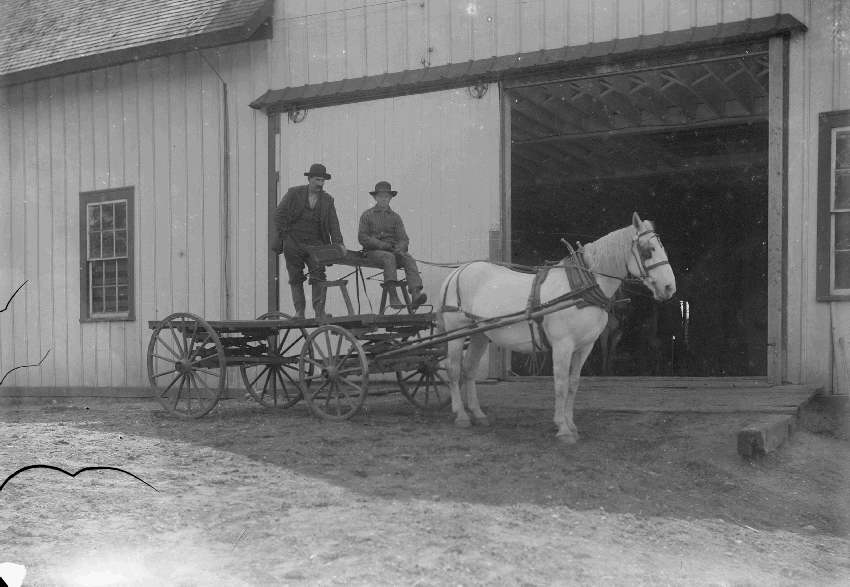
For several decades after the hospital opened transportation on campus was by walking or by horse and carriage. The roads are still named by color: Red Road, Yellow Drive, Silver Avenue etc. This made it easier for residents to recall directions.
Between 1887 and 1903 twelve more housing cottages were built. Southern cottages housed the male patients and the females resided in the northern group homes. Two infirmaries were constructed specifically for tuberculosis and polio patients. These were known as cottages 19 and 20.
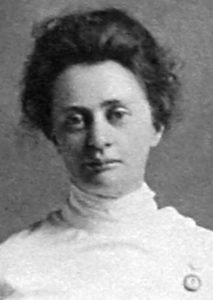
The nurse who started the training program at the asylum.
Photo Credit: Traverse City Historical Society
Dr. Munson was approached by a nurse, Jennie A. Leese, who asked to start a nurse training program at the asylum. Knowing this would save on staffing costs and benefit the patients, Dr. Munson supported this non traditional schooling. The ladies would receive first hand practice in many areas of medical care. In June 1908 the first class of twenty-four nurses graduated from their training at the Traverse City State Hospital. Jennie Leese worked at the hospital from 1906-1912. This program continued for decades past her departure.
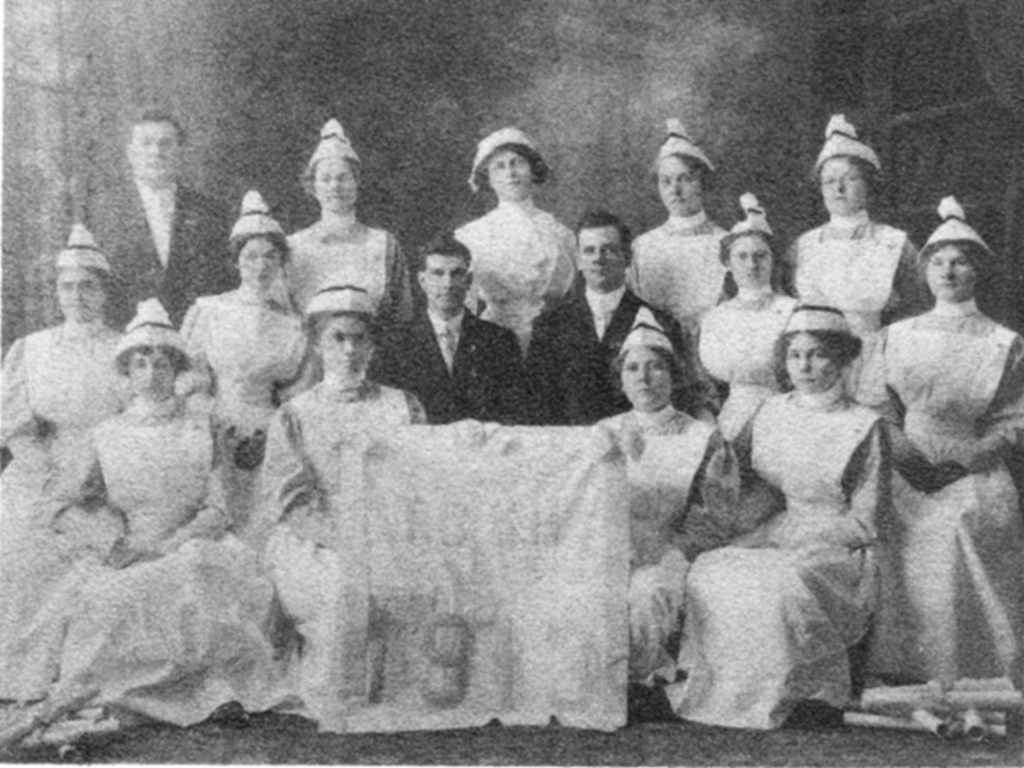
In July 1908 a meeting of the new Michigan Asylum Board took place. The goal was to devise a strategy for the best and most cost-effective treatments for mental illness. The attendees included the ten superintendents and trustees of the three Michigan’s Asylums, Judge T.R. Mills and Bishop George Dietple.
In 1908 the cost of care were $0.42 per day for the lower peninsula and $0.50 per day for patients in the upper peninsula. This needed to be streamlined. The Kirkbride methods, which Dr. Munson believed to the best ‘cure,’ did not persuade the others. According to the board more institutional regimens needed to be put in place.
Meal times were signaled by the powerhouse whistle. It would blow at 6:30 am, 12:00pm and 5:30 pm. Sundays everyone was required to attend church. On Monday nights residents would be treated to a movie. Once a month on a Friday night a dance/social would be held. This was the only time male and female patients were together.
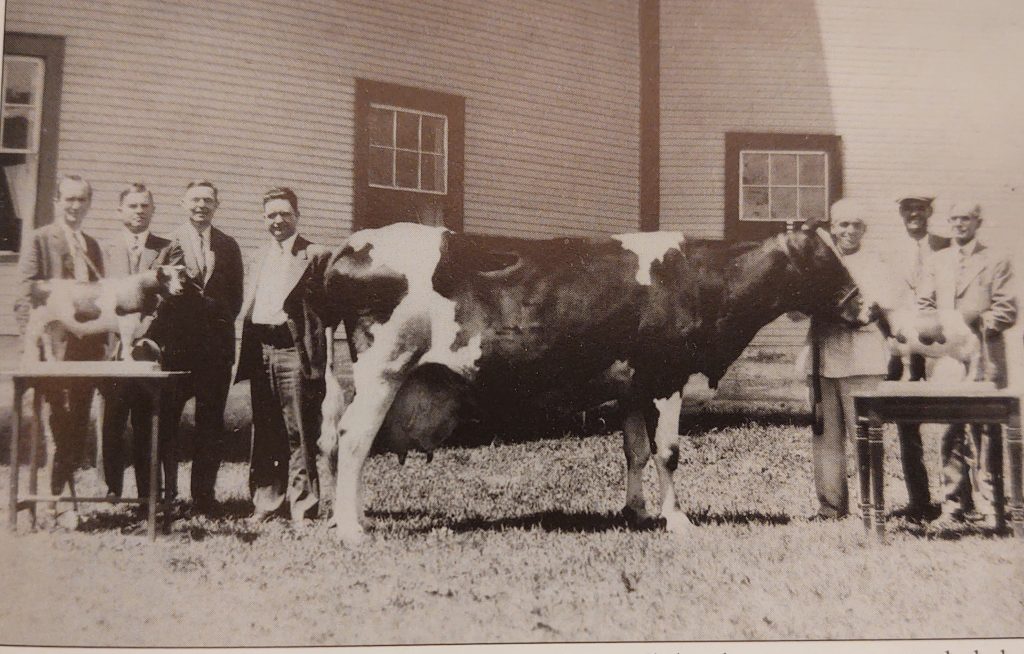
Colantha Walker, a champion Holstein-Friesian milking cow (1916-1932) was a prized farm animal weighing 2,300 pounds. She had nine lactations producing an 200,114.9 pounds of milk. Colantha Walker’s grave is placed between two trees by the barns on the property.
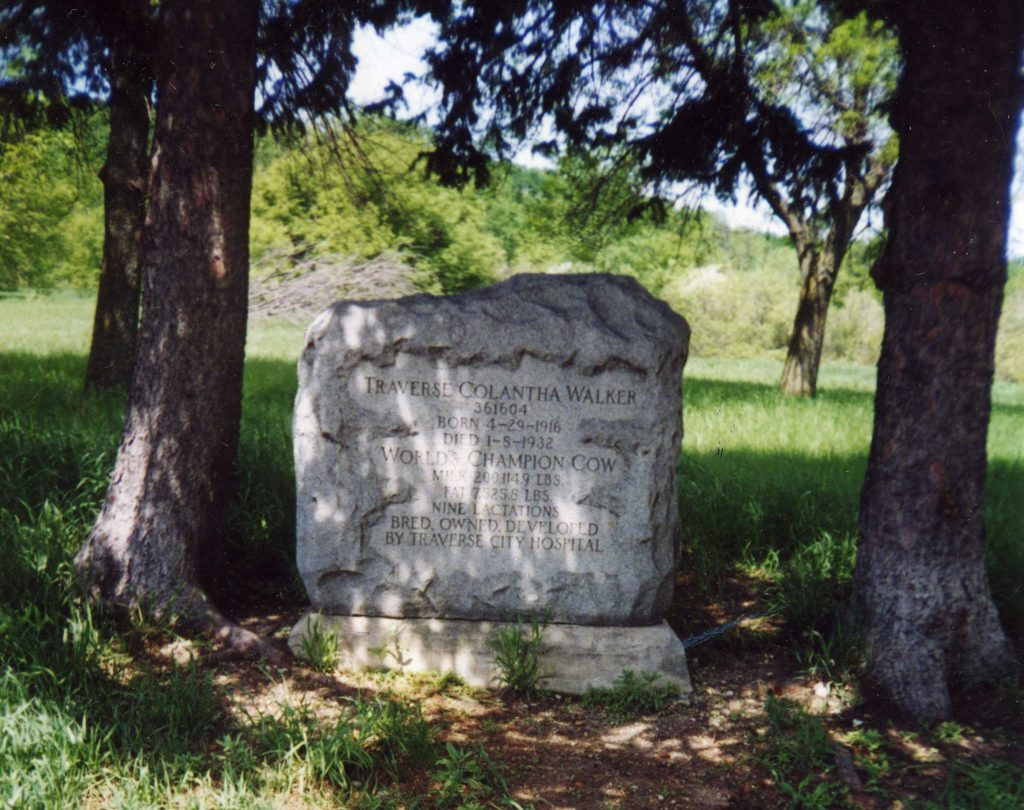
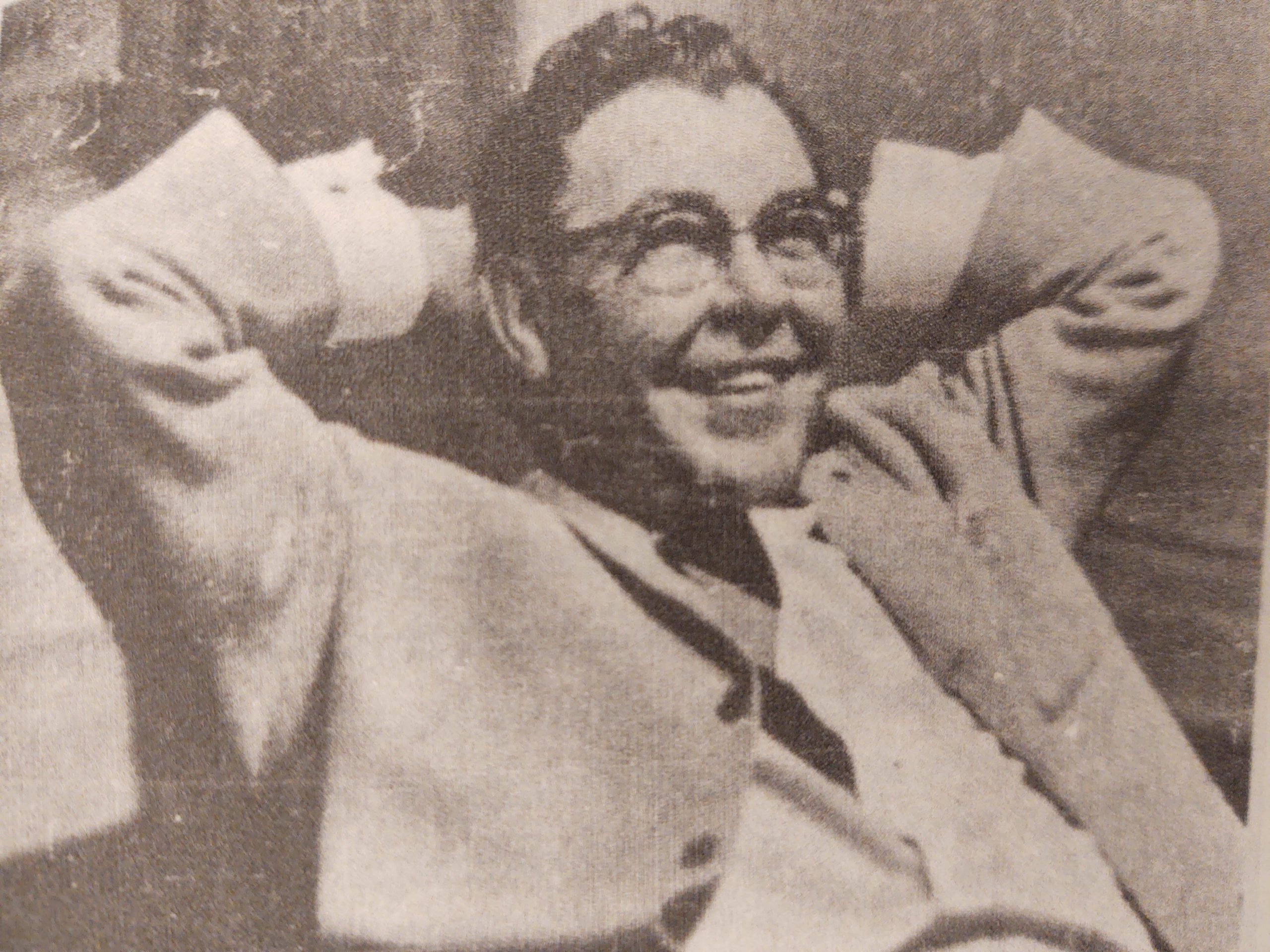
In 1954 Dr. John (Jack) Ferguson joined the Traverse City State Hospital. In a tape of oral history, Art Nickerson, a former employee, laughed and said that Dr. Ferguson was “a Jolly Old St. Nick type.” “The patients loved him.” Nickerson reported that he thought Dr. Ferguson did a good job.
Dr. Ferguson was well known for his three minute lobotomy. However, when he arrived at Traverse City Asylum he didn’t perform this quick procedure on the 500 patients he’d been assigned to. He began his own “chemical restraint” experiments he called “tender loving care.” He soothed these residents with Thorazine, Ritalin (FDA approved in 1955) and insulin injections. He believed seclusion and straight jackets were unnecessary.
Curiously, Dr. Ferguson himself had been treated in mental institutions five times over the twenty-two year span before he worked at the Traverse City Asylum. Dr. Ferguson had battled drug addiction and psychotic breakdowns.
By 1954 he was said to be recovered fully. His degree was as a general practitioner, not a psychiatrist, so many people questioned his “Ferguson Therapy.” Was it genius or was it a bamboozlement? (There will be an upcoming article featuring Dr. Ferguson.)
Jim Morse, who worked at the hospital from 1956-1984, recorded his memories with the oral history project. With a lilt in his voice he shared that Dr. Ferguson supplied a new coffee pot to each ward. “That’s fifty of them!” Jim further explained that the tranquillizers that the Dr. Ferguson had prescribed had been a welcomed addition to the treatments. It made the patients easier to care for.
For a short time in the late 1960’s psychedelic drugs were starting to be used in guided treatment sessions to help individuals face their previous trama and develop coping skills. LSD, Psilocybin (mushrooms) and MDMA (Ecstacy) were soon banned by the government and no longer used.
Side Note: In 2018 the Medical Press Cahli Samata in Austraila reported that these treatments have been effective with patients suffereing from PTSD and depression. “Neuroimaging shows switching off of the default mode network (thought patterns of depression) and interconnecting pathways, opening new insights, allowing a person to view problems from a new perspective.” (Treatments will be the focus of another upcoming article.)
There were children as residents, too. They had a strict schedule and the staff wasn’t allowed to hug them. However, a few employees took advantage of these needy young souls as well as older patients. This makes me cringe. (There will be an article about Ronny, a young resident, that will paint a picture of his young life as an institutionalized child.)
In the late 1950’s institutionalization was becoming less favorable in the treatment of mentally unstable individuals. It was more expensive than smaller group homes. Plus with the new advancements in medications, the patients could be managed more easily.
In 1989 the Traverse City State Asylum closed. Two hundred jobs were lost. Most patients were released to group homes or to family members. However, many of these people didn’t have a support system or finances, so they became homeless. Without routines in daily life and medications being monitored, many previous residents sadly ended up in the prison system.
The Asylum sat empty for over a decade from 1989 – 2000. Some buildings on campus are still in disrepair.
In 2000 Ray Minervini moved to Traverse City to enjoy his retirement. He had been a contractor and was looking forward to lakeshore leisure. Then Carol Hale asked him to join the asylum preservation board hoping to breathe a new purpose into the state hospital. She had worked tirelessly to organize a team to renovate the asylum.
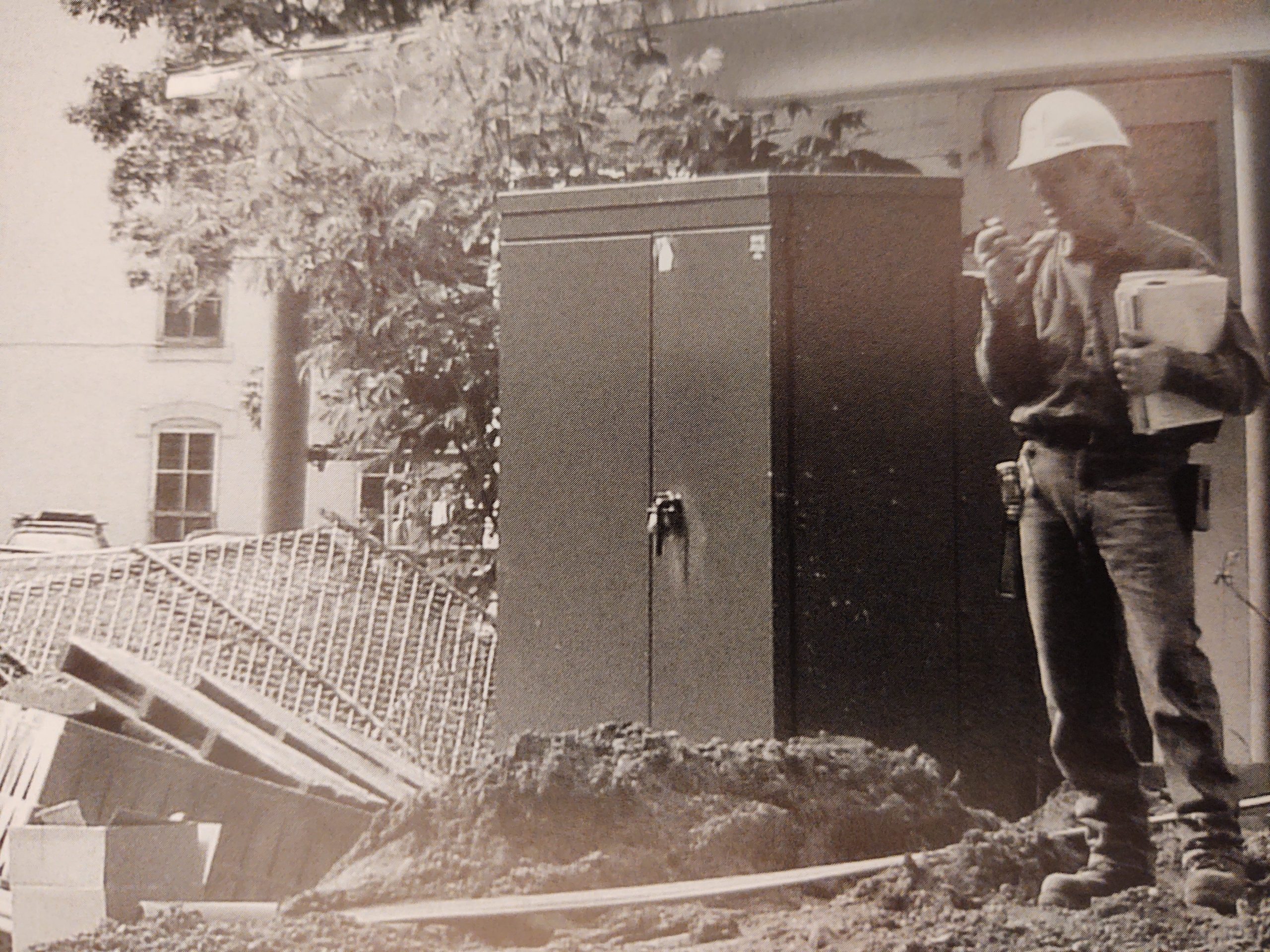
Photo Credit: “Traverse City State Hospital”
Minervini welcomed the challenge. The Board’s vision was to create a “walkable, mixed-use village that would feature a wide variety of residential and commercial opportunities.” In 2005 Southview and Hall 20 were the first sections to be reconstructed into their new purpose. By 2014 the residential spaces were being filled.
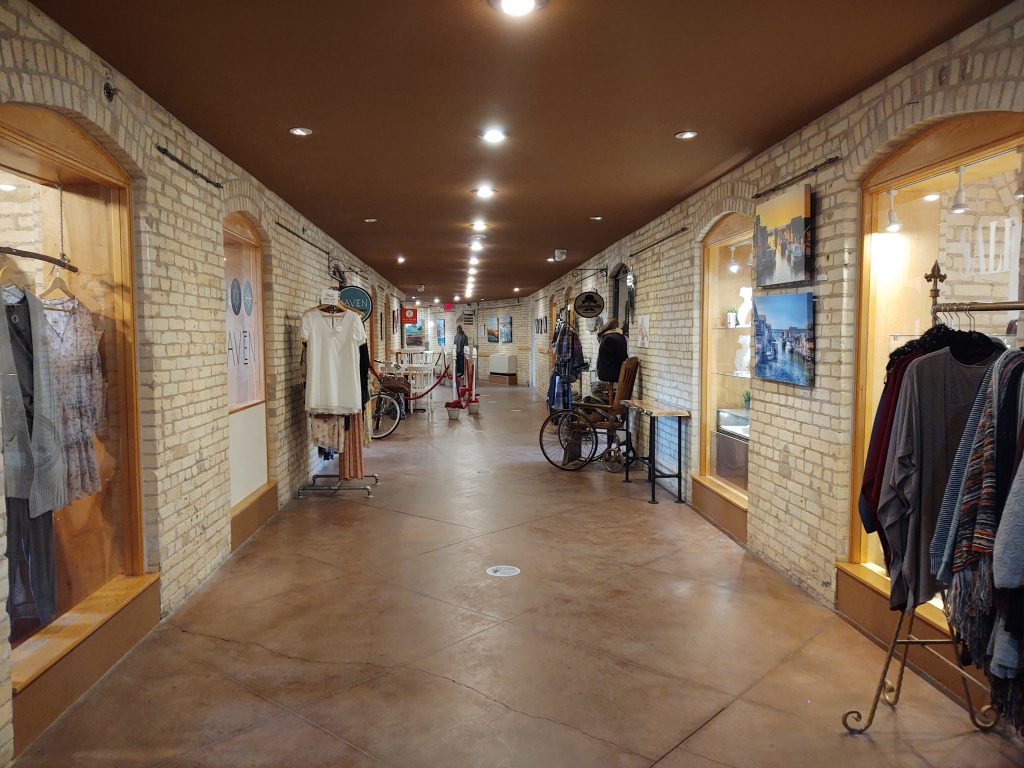
In the basement of Building 50 there are restaurants and artesian stores. Artwork is displayed along the hallways. As I browsed in one of the stores a tan, puff ball dog entered the shop with a definite purpose. She skidded around the corner to the shopkeeper who was ready to dispense treats. Before I could comment a husky raced into the room with a look of determination. He was greeted warmly by the proprietor. It was charming. The culture of this building has been completely reinstated.
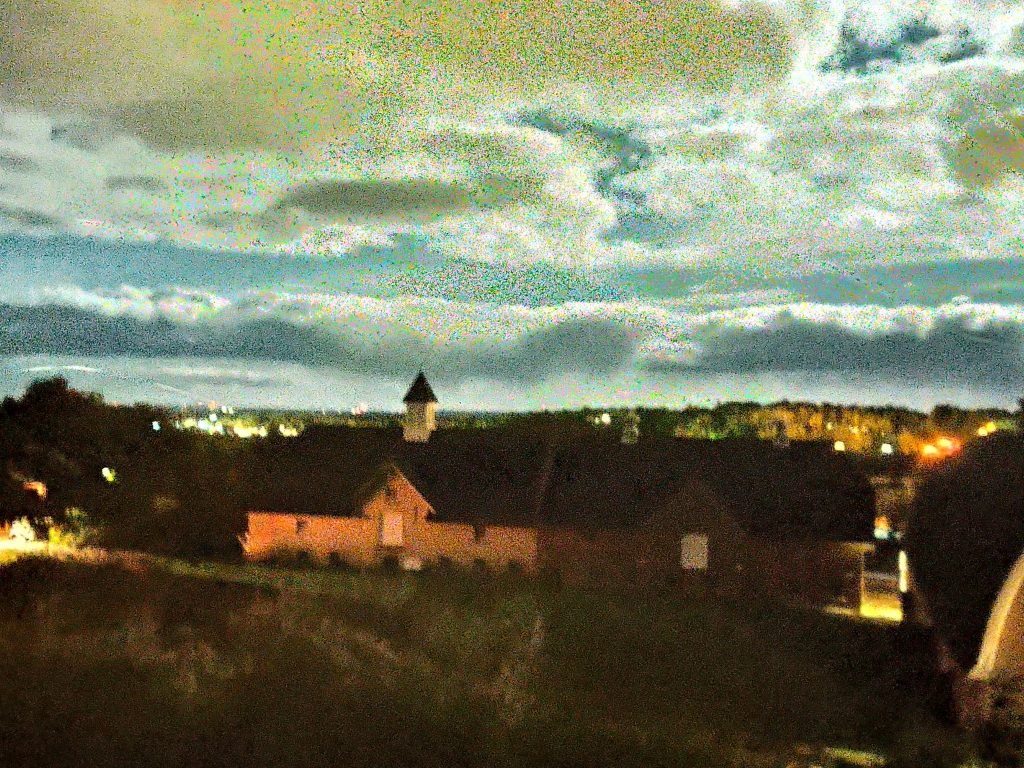
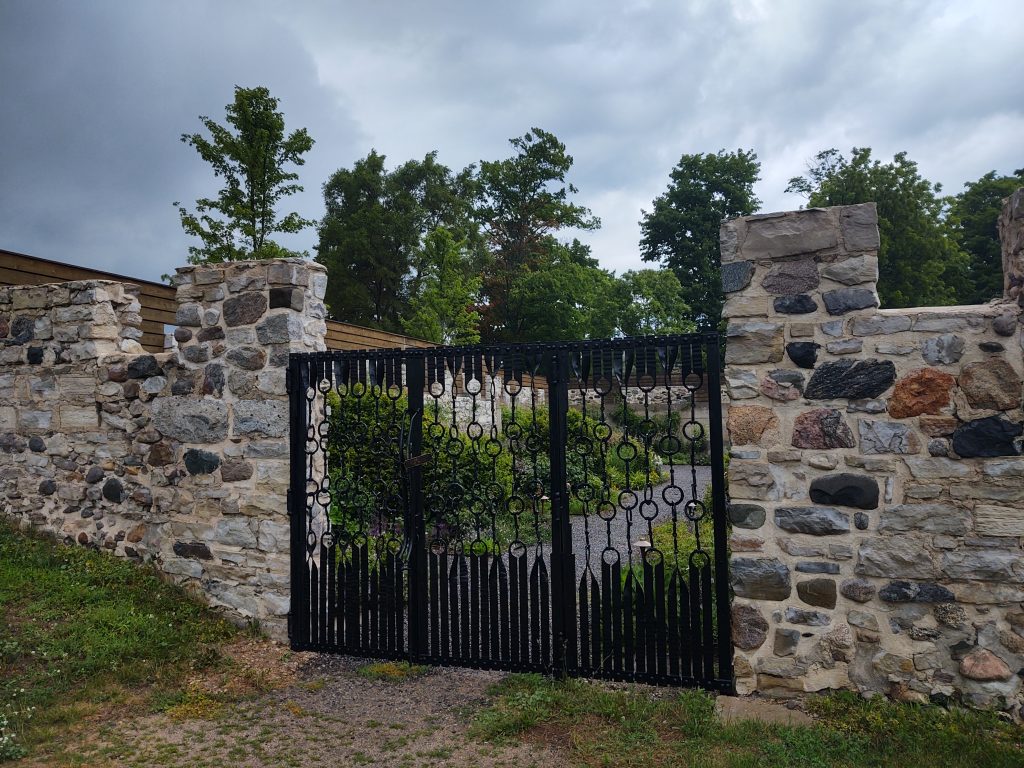
The history is held in the walls and the stories of the past staff members and patients. Stay tuned for more articles which look behind the curtain of individuals’ lives at the Traverse City State Asylum.
Resources:
The Traverse City Commons 830 Cottage View Drive Phone: (231) 941-1900
“Beauty is Therapy” by Earle Steele and Kristen M. Hains 2001
“Admissions” by Jennifer Sowle 2010
“A Man Against Insanity: The Birth of Drug Therapy in a Rural Michigan Asylum” by Paul De Druif 1957 Republished 2018
“Angels in Architecture” By Heidi Johnson 2001
“Traverse City State Hospital” By Chris Miller 2005
Traverse City Historical Society
Traverse City State Hospital Oral History Project
Kirkbride Patients’ blog site
Medical Press Cahli Samata October 10, 2018

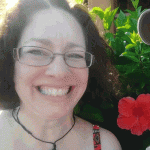




17 thoughts on “Insane Asylum Part One History”
Beauty in Therapy is a great book. My mother and I both were in nurses training at state hospital
I didn’t know that you had worked there! Is that where you met your husband?
Just reaching out. I’m working on a podcast and the first episode is about the hospital.
Has anyone written about Ypsilanti State Hospital? (other than “The Three Christs of Ypsilanti”)
I worked there starting in the mid 60s.
Thomas, I haven’t written about The Ypsilanti State Hospital. It sounds like there are many stories!
Do you have any information about TB at the Traverse City Asylum in the mid-1930s, and a Dr. Joseph Knopp who worked there? TIA.
I have heard that there was a psychiatrist named Dr. I’m that worked at the state hospital but have not seen or heard any mention of him. Do you know of him or his work?
What was his name? I can look in my books.
Yes, he was there in the 1980s. My Mother worked with him and he took advantage of her by borrowing money And not repaying it. A substantial amount I might add.
ok4Dr thill work 6-12-18ed there and was a little strange
Great article
Hello, could anyone tell me if a Jack Acker ever worked at the hospital, or anything about a Zora Acker who was there in the 1950s? Thank you.
I was only 10 years old when I was put there just a little girl, the beatings the nakedness of people the crying out girls getting raped in the tunnels by the men that work there and other horrific crimes that were committed against people human people that were put in this hospital.
Mabel,
You are very brave for sharing the trauma you had endured. I hope you have found some solace.
Great article! We just did a tour in the old State Hospital but we learn much more reading this! Thanks
I worked hall 18 in the 70s and I still have contact with some of the kids. Most of them were there because the parents could not handle them. I wanted 2 write a book but it would be to painful and sad.
I can only imagine how difficult it must have been for you to work there! Being witness to kids in crisis is heartbreaking! I had found a Kirkbride thread on line where Ronnie and Mike had shared their experiences. I wrote an article about each of them, too. There are six articles about Traverse City State Hospital.